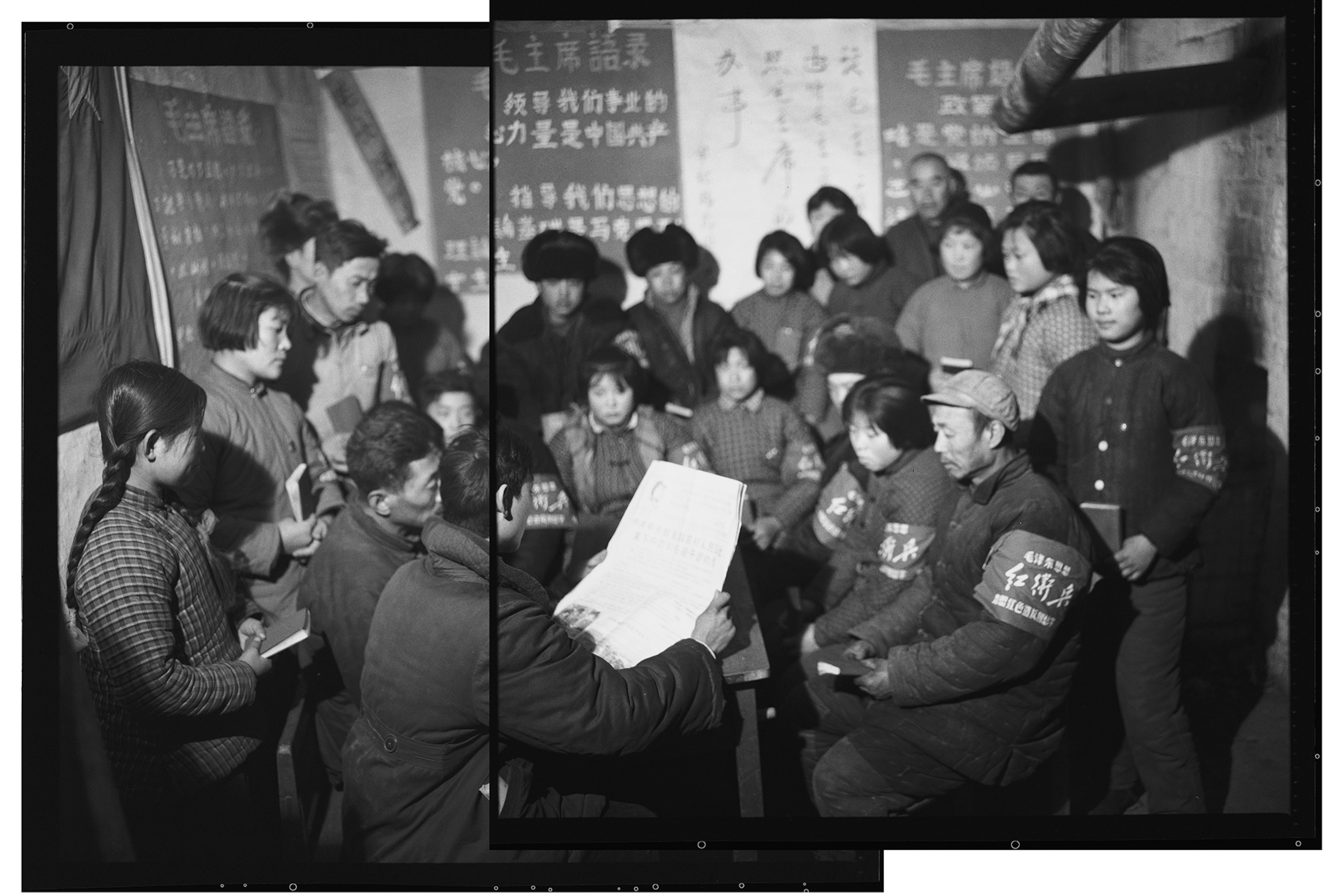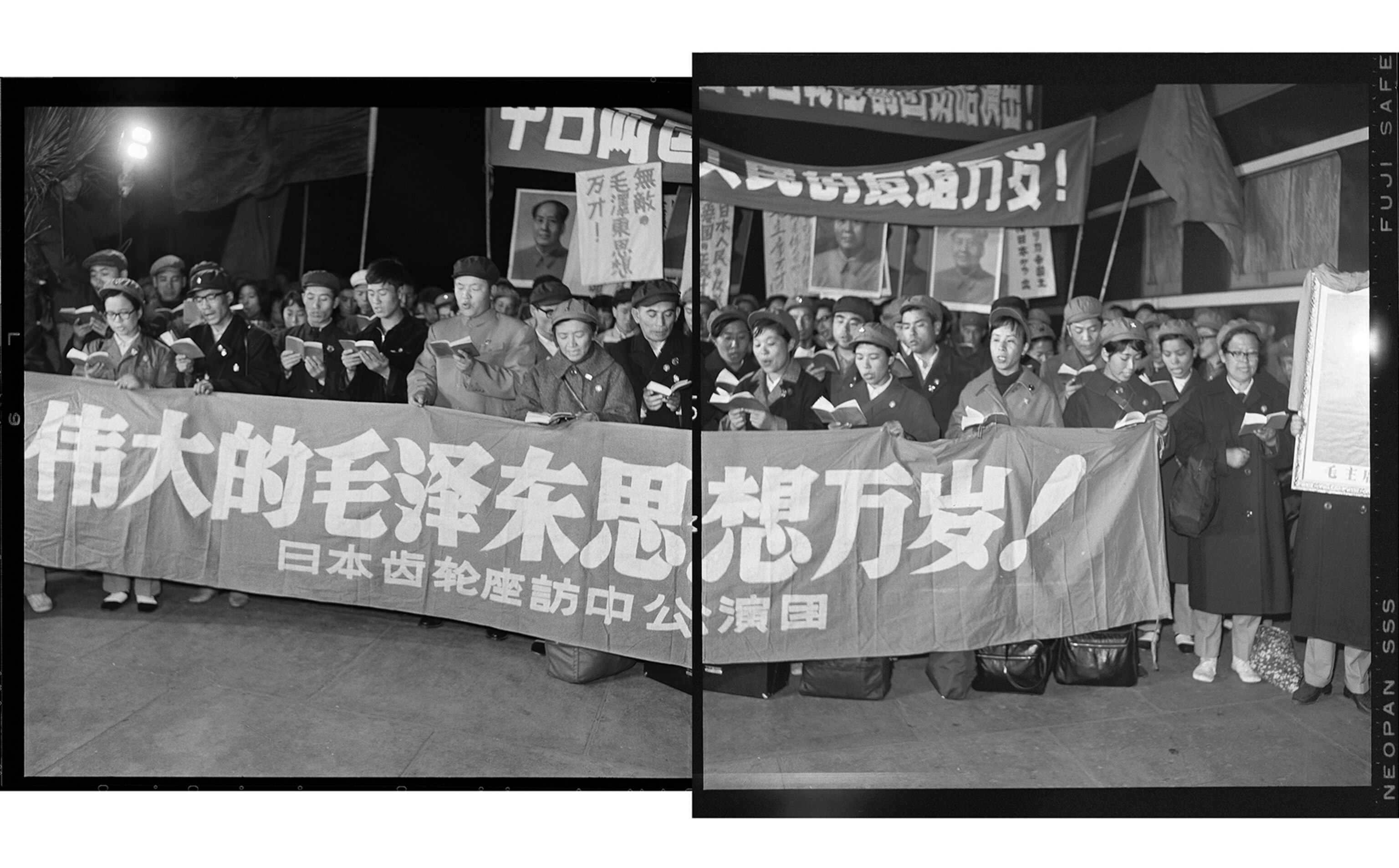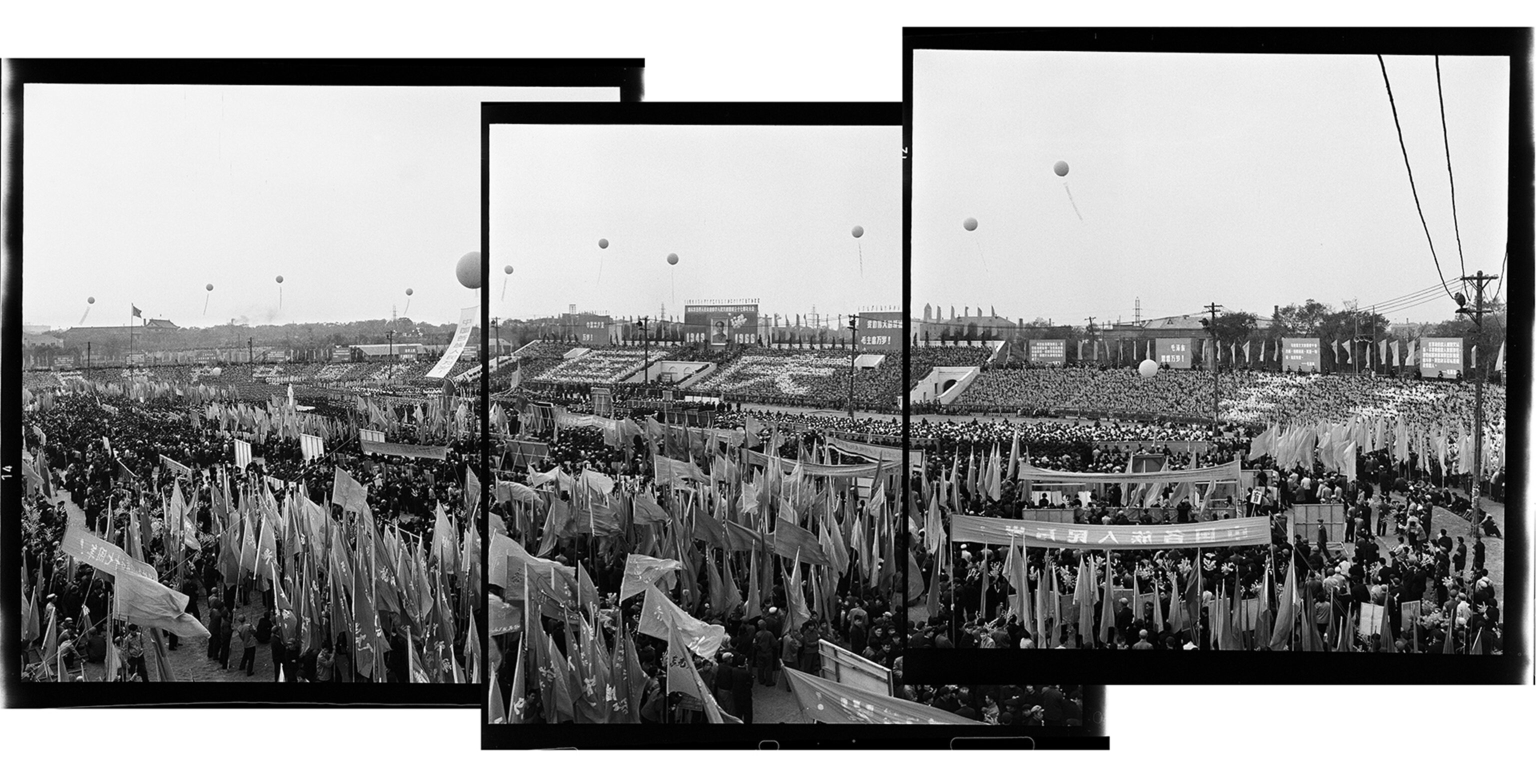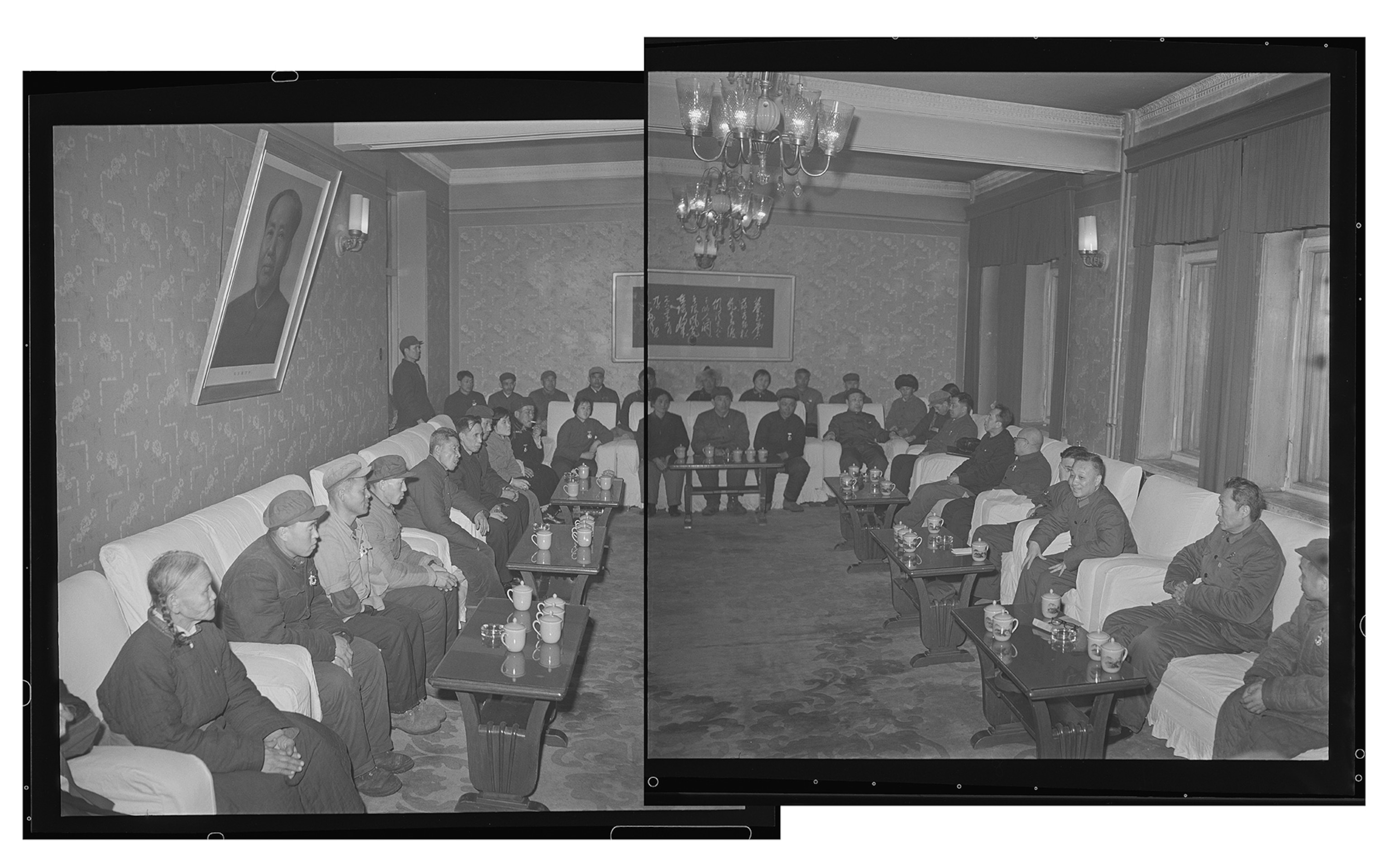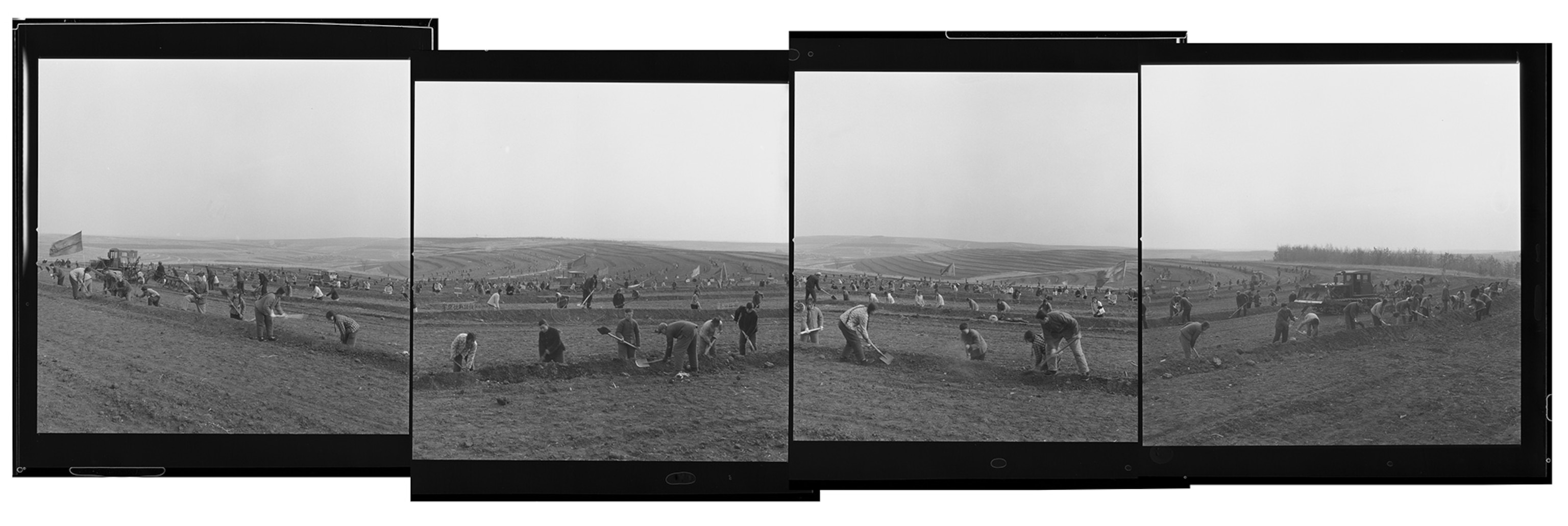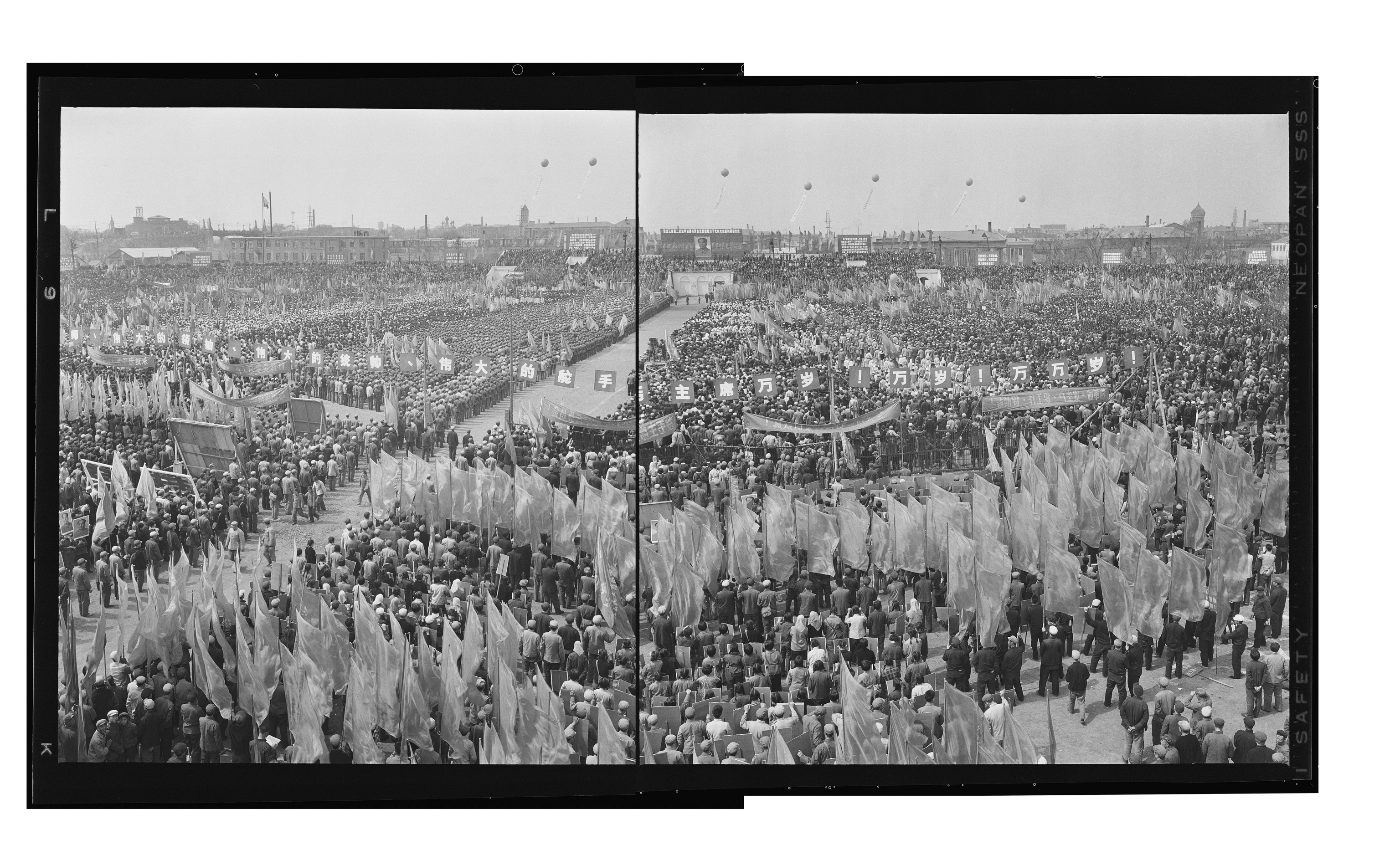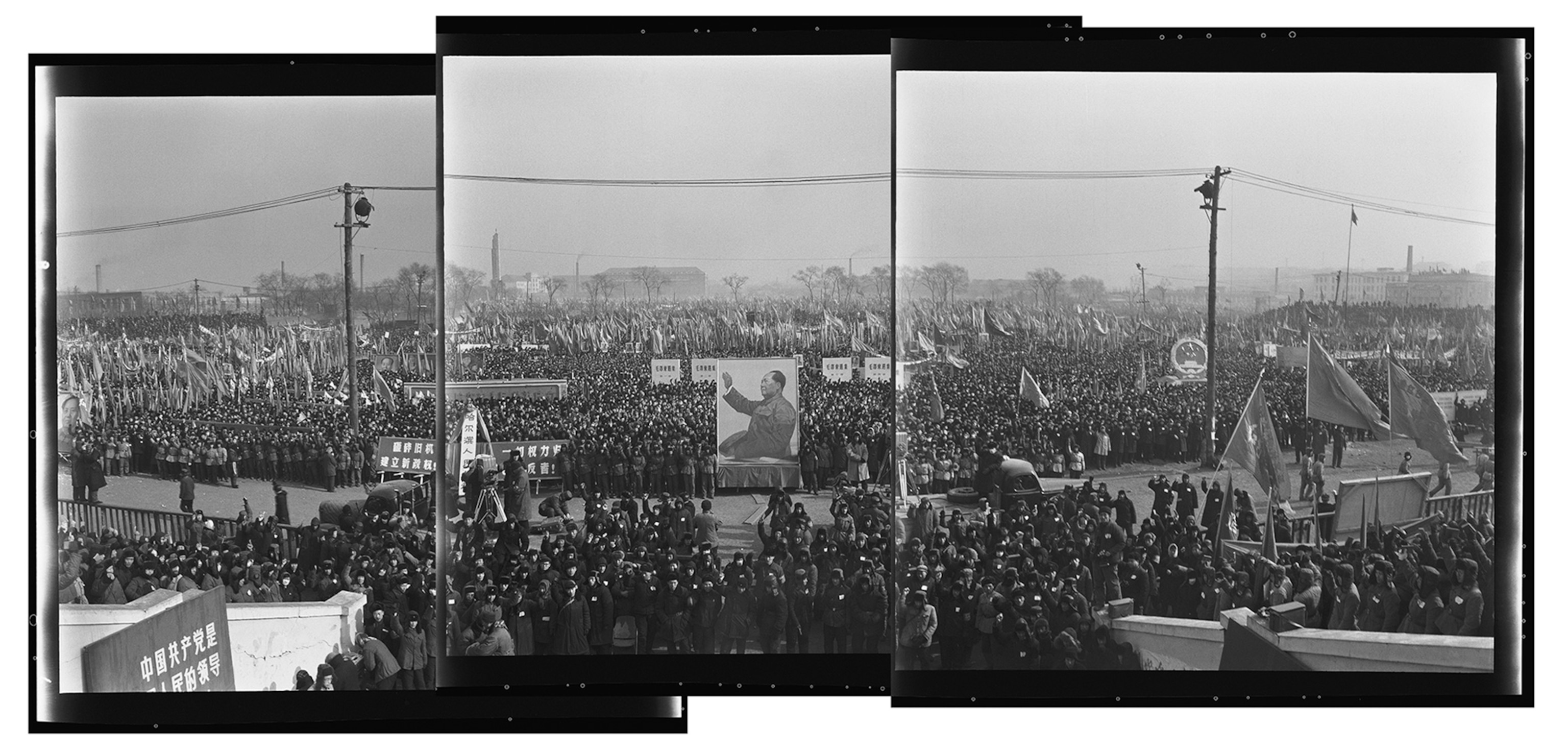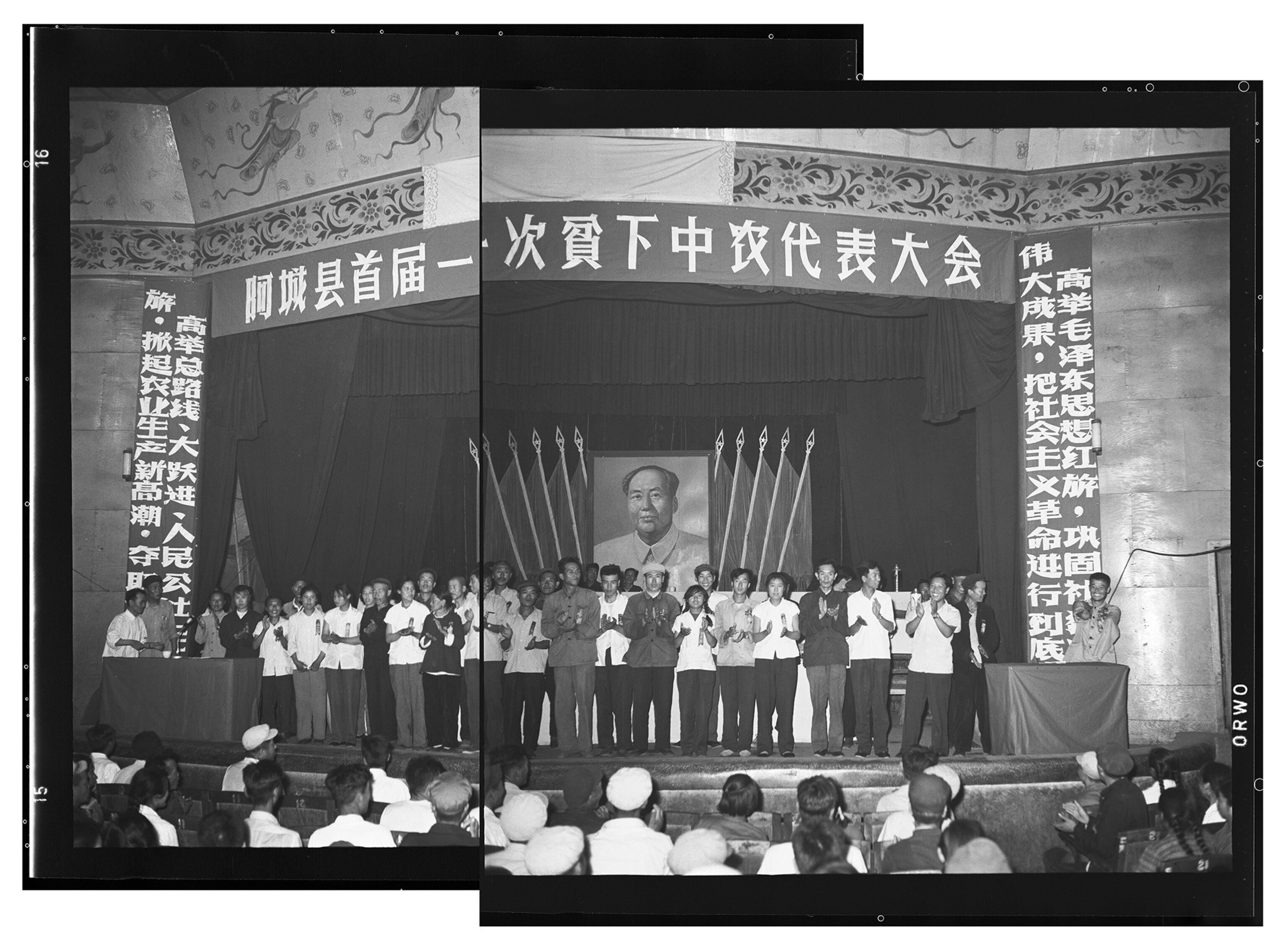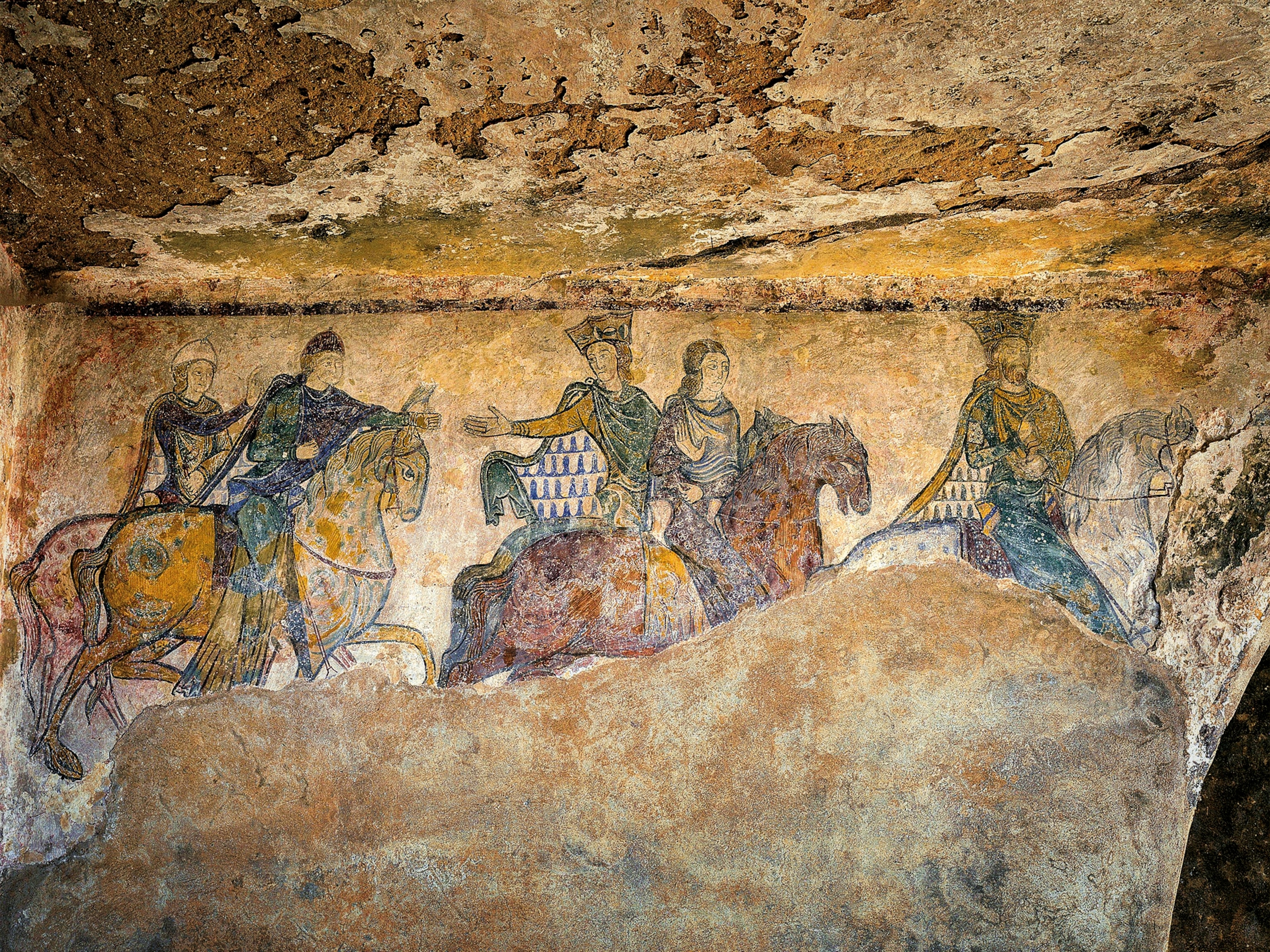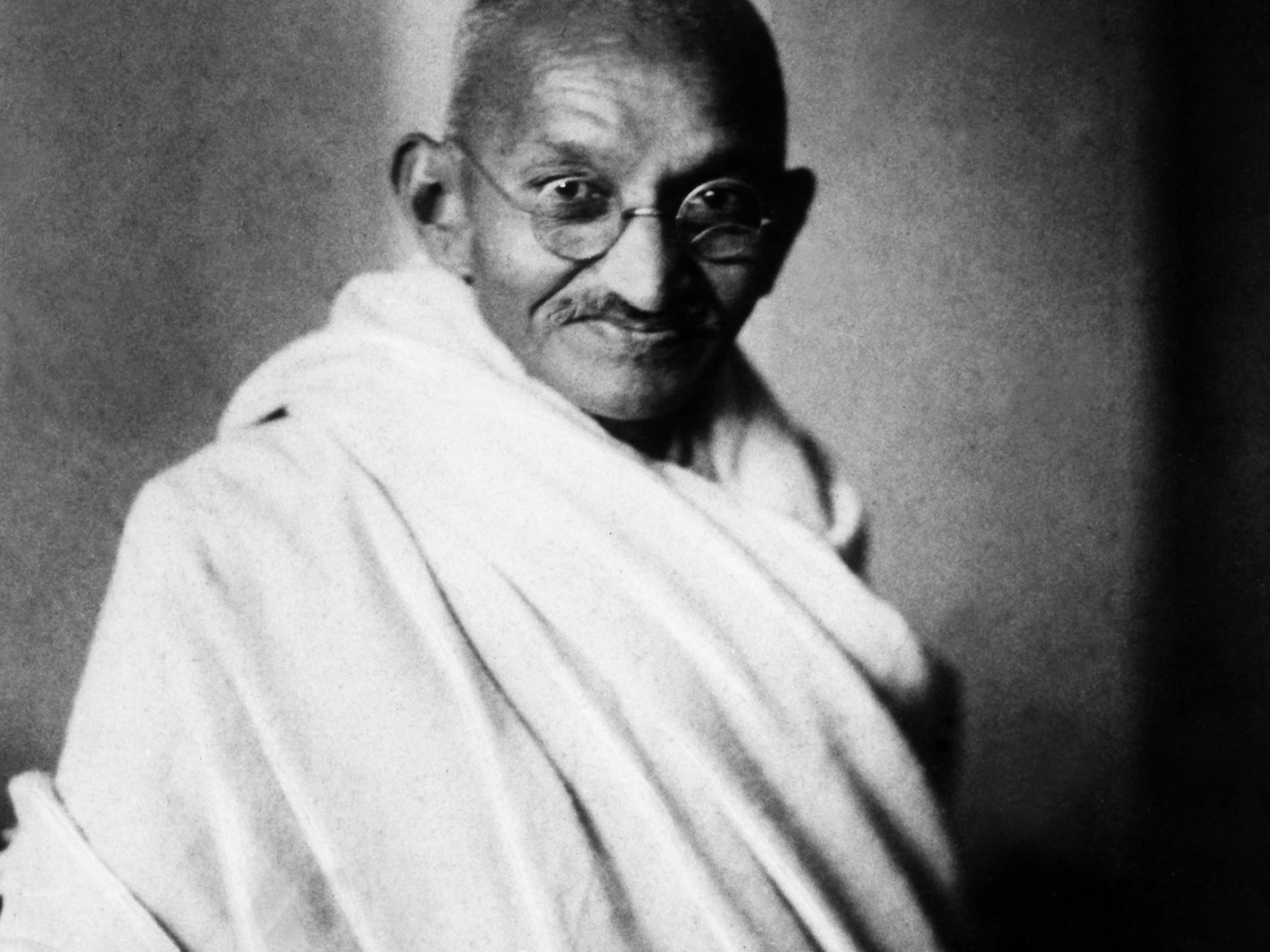
See Long-Hidden Photos of China’s Cultural Revolution
On the 50th anniversary of the upheaval, we look at images that one brave photographer hid from the government.
Photographer Li Zhensheng had a unique view of China’s Cultural Revolution—a chaotic period of purging and punishment that began on May 16, 1966, and lasted in different phases until Communist Party Chairman Mao Zedong’s death 10 years later.
Li was working for a newspaper in Heilongjiang Province at the time, and the job allowed him to take state-approved pictures of Mao’s campaign without fear of harassment. He later hid the negatives under his floorboards in case government officials ever came looking for him.
And they did. In 1968, the government accused him of “counterrevolutionary” activities and raided his apartment.
If officials had found the negatives, they likely would have destroyed them. But the images remained hidden under the floorboards, and Li continued to protect them through the years. Today, his remarkable photos have toured the world and been published in a book.
Here, we present mosaics of Li’s images, which show the incredible scale of the Cultural Revolution.
Follow Becky Little on Twitter.

